Lending interest rates are forecast to remain stable to support businesses and economic recovery in the final months of the year.
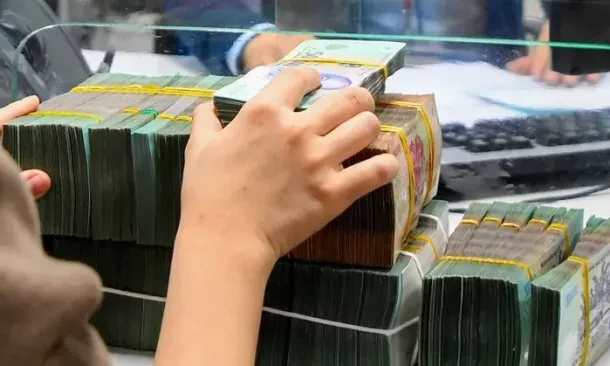
After a slowdown in October, interest rate Deposits at many banks have tended to increase again since the beginning of November. In addition to liquidity pressure to meet the credit demand for the year-end crop season, the recent fluctuations in exchange rates are considered the main reason why banks have simultaneously increased their deposit interest rates. However, the lending interest rate level is forecast to remain stable to support businesses and the economy to recover in the last months of the year.
Interest rates increased across the board
Vietnam International Commercial Joint Stock Bank (VIB) has just announced a new interest rate schedule effective from November 19. Accordingly, VIB increased the interest rate for deposits with terms of less than 6 months by 0.1%/year. Specifically, the 1-month term increased to 3.6%/year, the 2-month term increased to 3.7%/year and the 3-5 month term increased to 3.9%/year. This interest rate does not include the additional interest rate of 0.3-0.5% for each customer package.
Notably, this is the second time this bank has adjusted its deposit interest rate schedule this November. Previously, on November 8, VIB increased its 1-5 month deposit interest rate by 0.3% per year and its 6-36 month deposit interest rate by 0.2%.
Ho Chi Minh City Development Joint Stock Commercial Bank (HDBank) has also increased its deposit interest rates for some terms from November 19. Accordingly, HDBank increased by 0.2%/year for 6-month terms and 0.1%/year for 12-13-month terms. Online deposit interest rates for 6-month terms increased to 5.3%/year, 12-13-month terms were 5.6% - 5.8%/year, respectively.
Previously, on November 18, Loc Phat Vietnam Joint Stock Commercial Bank (LPBank) also adjusted an increase of 0.1%/year for deposit interest rates for terms from 12-60 months. Global Petroleum One Member Limited Liability Commercial Bank (GPBank) increased interest rates for all deposit terms by 0.2%/year. Notably, the online mobilization interest rate for terms from 13-36 months at this bank is up to 6.05%/year.
In addition to the above banks, many other banks such as Agribank, Techcombank, ABBank, VietBank... also simultaneously increased deposit interest rates this November.
According to a recent report by MB Securities Joint Stock Company (MBS), in October 2024, deposit interest rates stagnated when only a few banks adjusted deposit interest rates up by 0.1 - 0.2%/year. However, in the first half of November, many banks simultaneously increased input interest rates by 0.1% - 0.7%/year. This upward trend is expected to continue until the end of this year in the context of credit growth increasing nearly twice as fast as capital mobilization growth.
According to data from the State Bank, credit growth as of October 31 increased by 10.08% compared to the end of 2023. In addition, the system's on-balance sheet bad debt by the end of September 2024 increased by 4.55% compared to the end of 2023, almost equal to the end of 2023 and doubled compared to the 2% level in 2022. This is considered a factor that contributes to banks continuing to adjust deposit interest rates to attract new capital, thereby helping to ensure liquidity.
In addition to liquidity pressure from credit growth, the recent upward trend in deposit interest rates at many commercial banks is also due to exchange rate fluctuations. The USD/VND exchange rate in recent weeks has increased again, almost reaching its peak in mid-2024, due to the strong appreciation of the USD.
Analysts forecast that deposit interest rates will increase slightly by 20-50 basis points by the end of the year. Exchange rate pressure, along with the recovery of credit growth in the context of production and investment accelerating more strongly in the last months of the year, will partly put pressure on system liquidity and may lead to an increase in input interest rates. On the contrary, low inflation and the US Federal Reserve (Fed) lowering interest rates are expected to create more room for easing monetary policy in Vietnam.

Will there be increased pressure on interest rates?
In the context of the recent upward trend in deposit interest rates, many businesses are concerned that lending interest rates may increase as well. However, comments show that lending interest rates will remain low to support economic growth.
Associate Professor Dr. Nguyen Huu Huan, Head of the Financial Market Department, Ho Chi Minh City University of Economics, said that with the mobilization interest rate trending up in the last months of the year, some commercial banks may proactively increase lending interest rates for some customer segments to ensure liquidity. However, the increase will not be high, due to weak credit demand and low capital absorption capacity of the economy.
According to Mr. Tran Hoai Nam, Deputy General Director of Ho Chi Minh City Development Joint Stock Commercial Bank (HDBank), although the mobilization interest rate has increased slightly, the general level is still at a very low level. Currently, the banking industry has passed the difficult period of liquidity, and can completely meet the demand for credit growth of 15% this year and about 14 - 15% in 2025. Not to mention, with the Fed's trend of lowering interest rates, capital sources at banks are being supported by foreign capital flows, thereby helping banks maintain more stable capital costs in the coming time.
Regarding lending interest rates, Mr. Tran Hoai Nam said that with the GDP growth rate of about 7% and the current inflation rate, lending interest rates are currently providing good support for business development. It is important that businesses have good business plans, then they will definitely make a profit.
Interest rates at commercial banks are forecast to remain stable, as the State Bank has recently issued decisions on deposit interest rates at credit institutions and foreign bank branches; in which, the maximum interest rate applicable to non-term deposits and deposits with terms of less than 1 month in VND is 0.5%/year; deposits from 1 month to less than 6 months are 4.75%.
According to Mr. Nguyen Duc Lenh, Deputy Director of the State Bank of Vietnam, Ho Chi Minh City Branch, the issuance of this decision, along with solutions on administrative reform, improving the quality of banking services, continuing to innovate transaction models and reducing input costs will be an important basis for credit institutions and the banking industry to reduce lending interest rates or maintain stable lending interest rates sustainably. This is an important factor to support businesses, promote economic growth and have a positive impact on banking activities and the effectiveness of the State Bank's policy management.
Mr. Lenh said that low lending interest rates, along with supportive credit policies and disbursement of preferential credit packages... are the main factors affecting credit growth. In the last two months of the year and the Lunar New Year, credit will continue to maintain an upward trend. This is associated with seasonal factors due to the high demand for production and consumption of goods and services during the year-end holidays and the Lunar New Year. In addition, import-export, service and tourism activities often grow well at the end of the year, which is also a factor promoting credit growth in Ho Chi Minh City in particular and the whole country in general.
Previously, at the recent question-and-answer session of the 8th Session of the 15th National Assembly, Governor of the State Bank Nguyen Thi Hong also said that the demand for credit capital is continuing to increase, which will put pressure on interest rates in the coming time; at the same time, bad debt is an obstacle that makes it difficult for commercial banks to further reduce lending interest rates.
However, the State Bank will implement synchronous measures to remove difficulties, both reducing lending interest rates and directing credit institutions to strive to reduce operating costs to continue reducing lending interest rates for businesses and people.
Source


![[Photo] Celebrating the 70th Anniversary of Nhan Dan Newspaper Printing House](https://vstatic.vietnam.vn/vietnam/resource/IMAGE/2025/4/15/a7a2e257814e4ce3b6281bd5ad2996b8)
![[Photo] Tan Son Nhat Terminal T3 - key project completed ahead of schedule](https://vstatic.vietnam.vn/vietnam/resource/IMAGE/2025/4/15/85f0ae82199548e5a30d478733f4d783)
![[Photo] Vietnamese and Chinese leaders attend the People's Friendship Meeting between the two countries](https://vstatic.vietnam.vn/vietnam/resource/IMAGE/2025/4/15/7d45d6c170034d52be046fa86b3d1d62)
![[Photo] Prime Minister Pham Minh Chinh works with state-owned enterprises on digital transformation and promoting growth](https://vstatic.vietnam.vn/vietnam/resource/IMAGE/2025/4/15/f55bfb8a7db84af89332844c37778476)








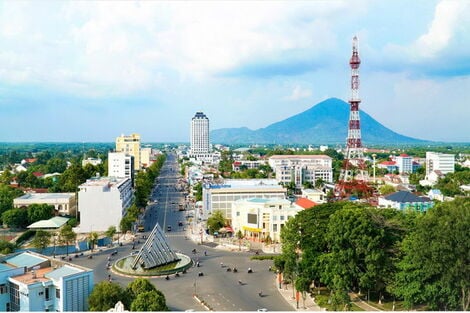

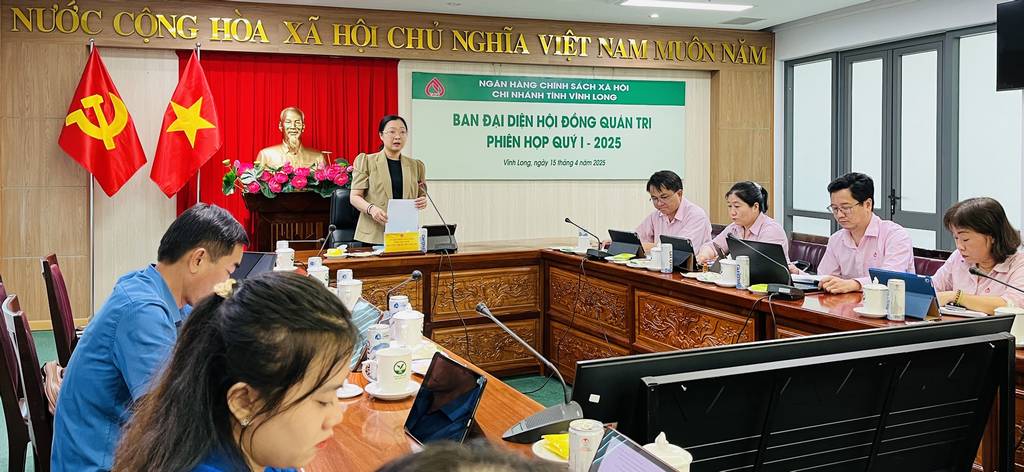


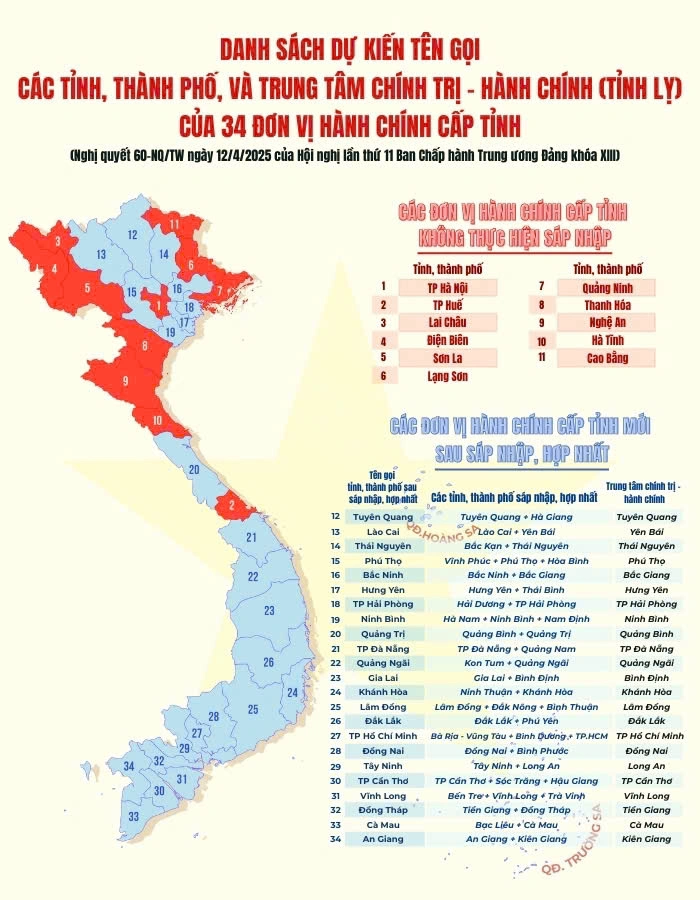

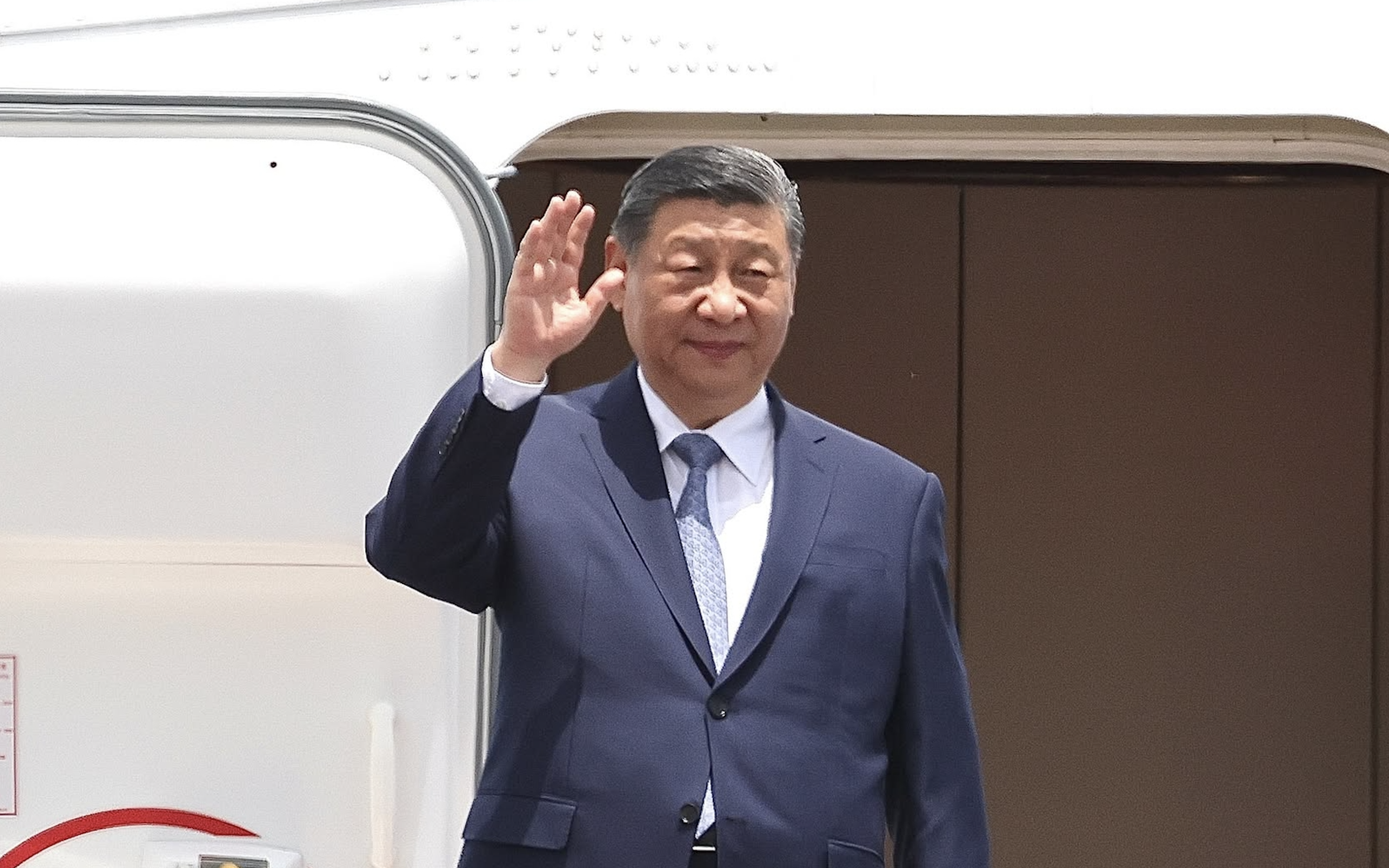







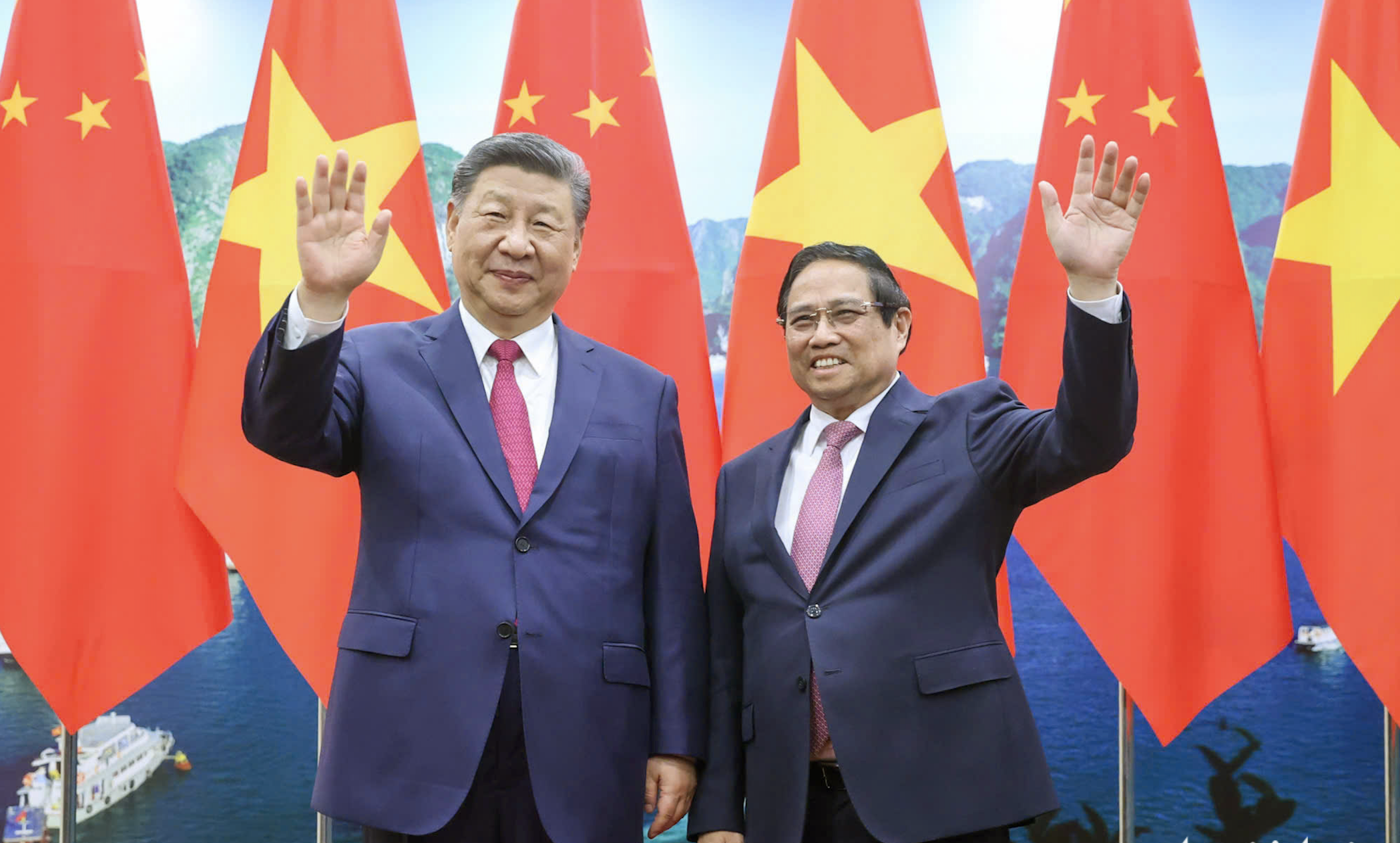
![[Photo] Reception to welcome General Secretary and President of China Xi Jinping](https://vstatic.vietnam.vn/vietnam/resource/IMAGE/2025/4/15/ef636fe84ae24df48dcc734ac3692867)
























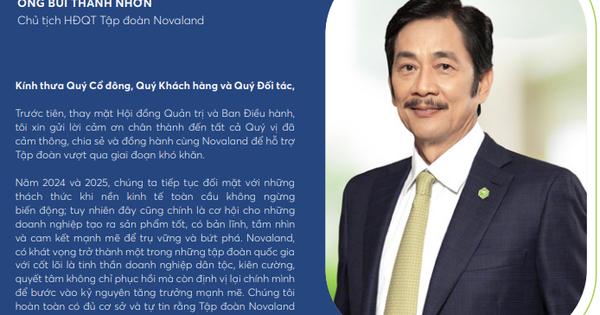



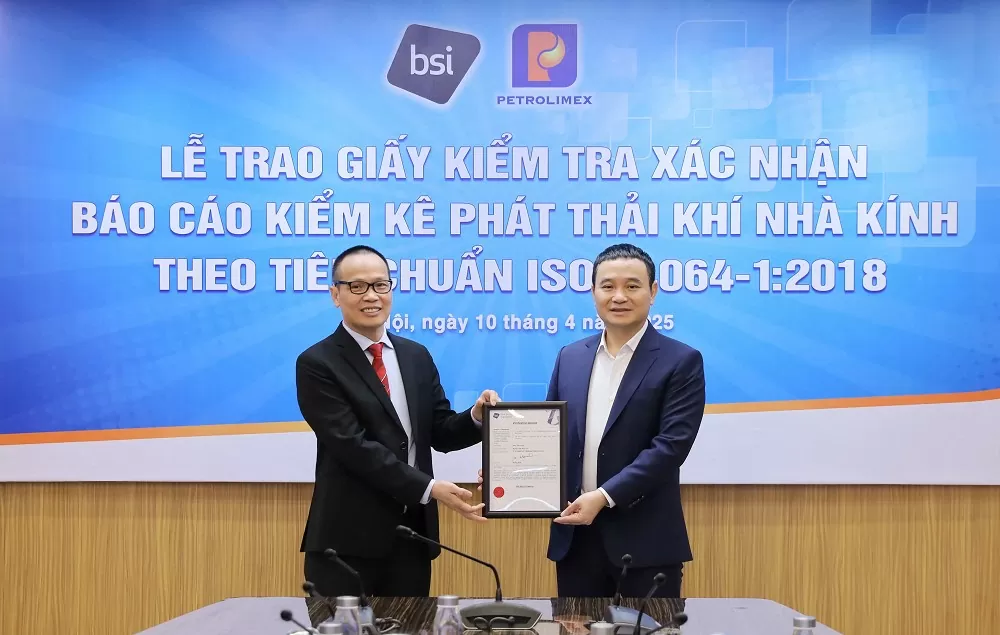

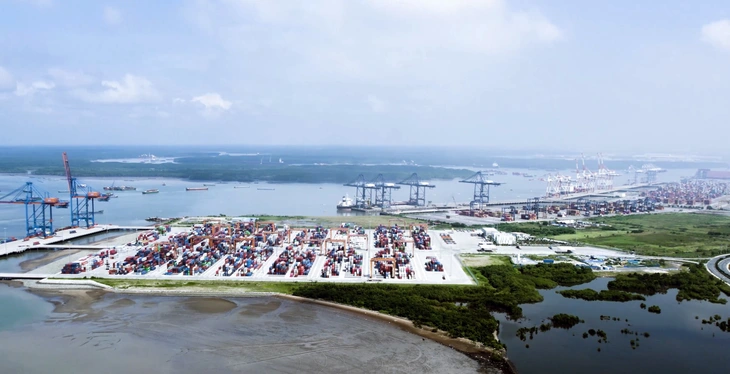


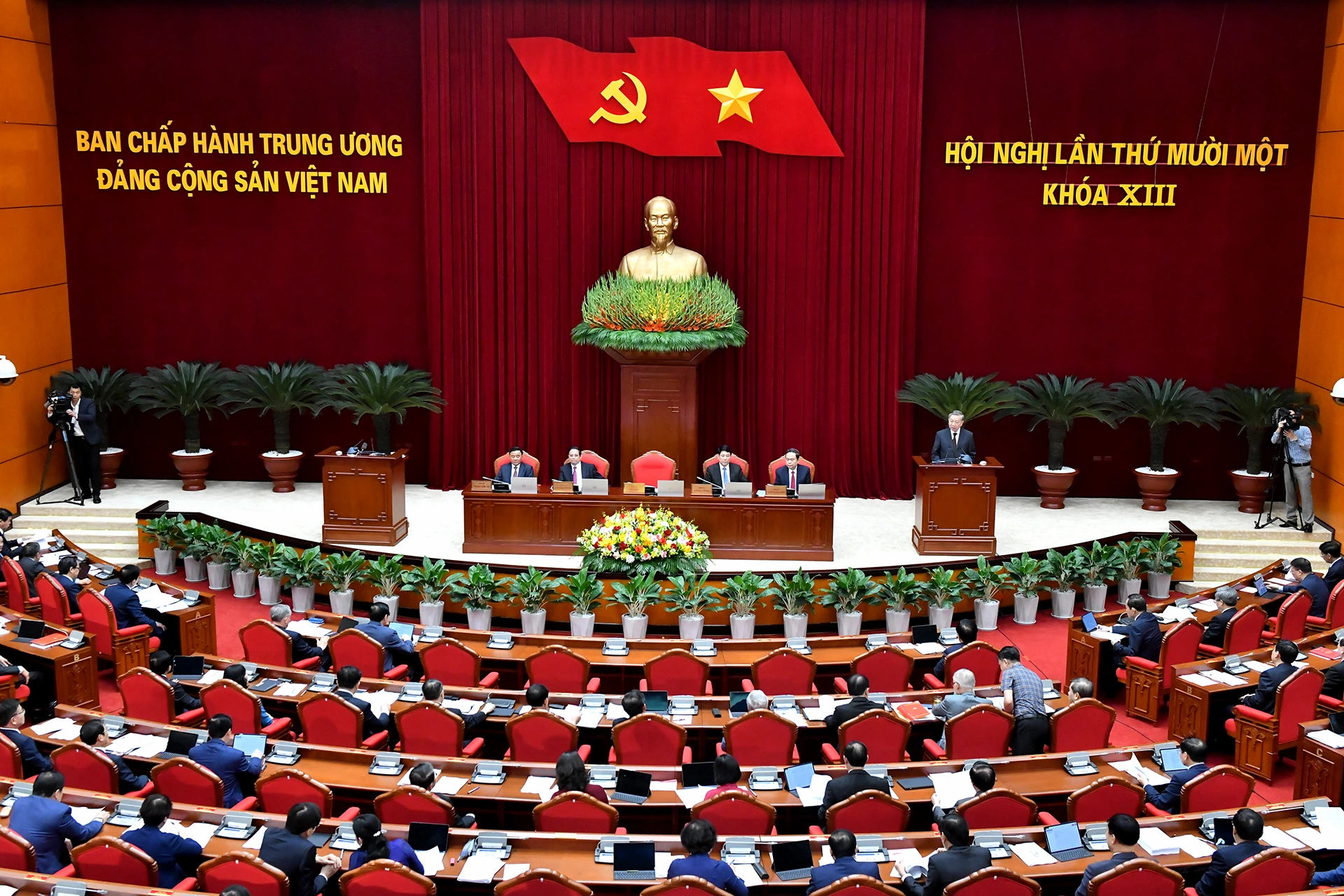
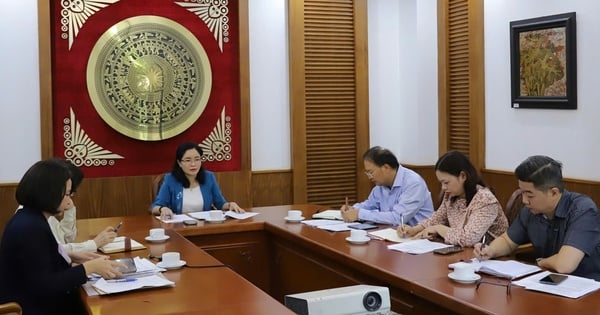

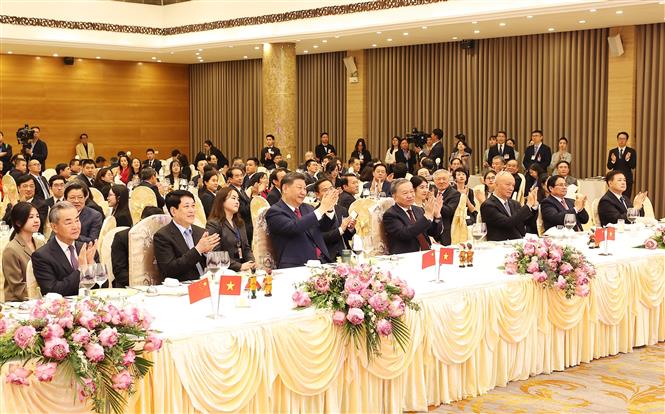



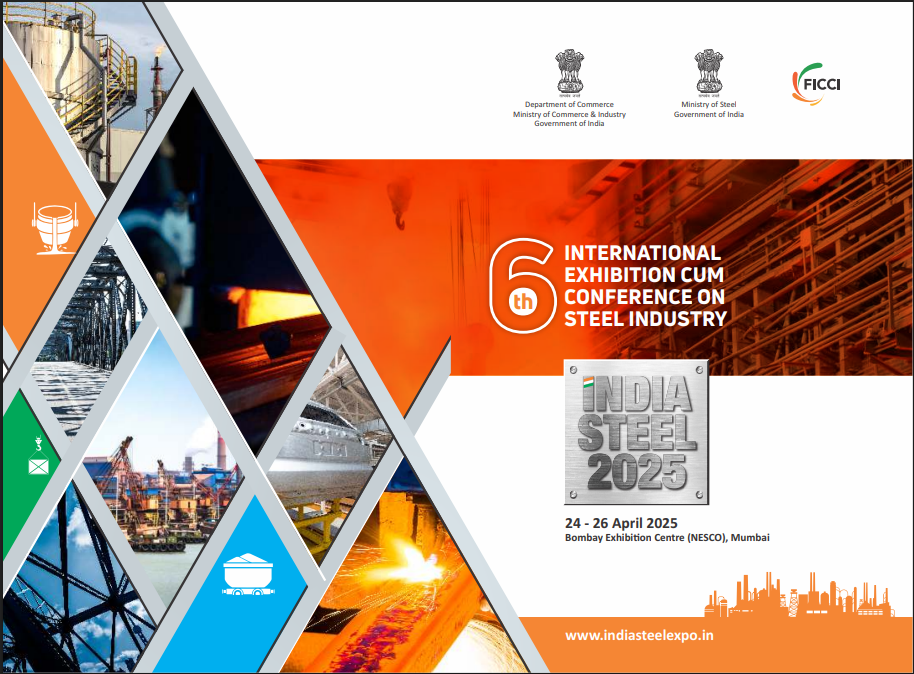




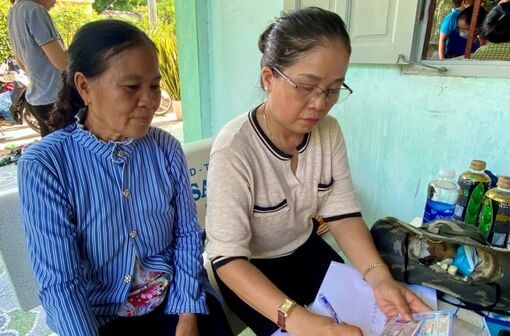








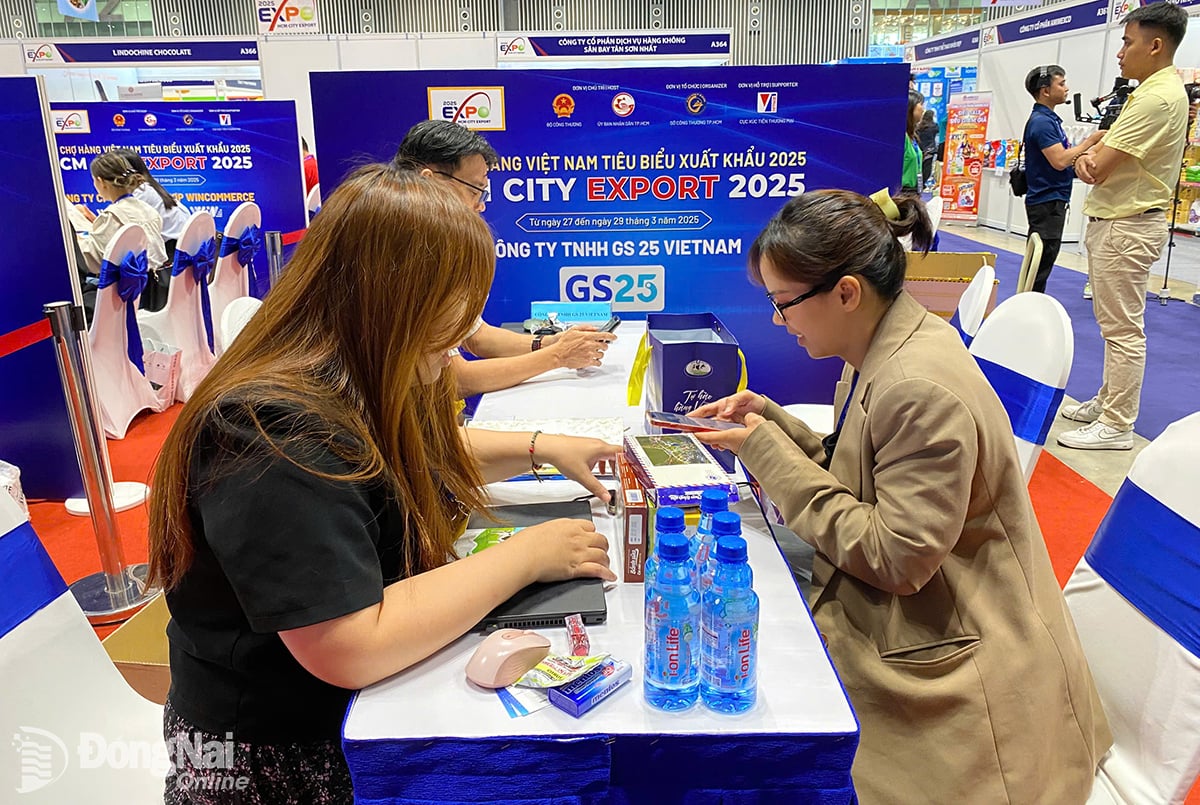
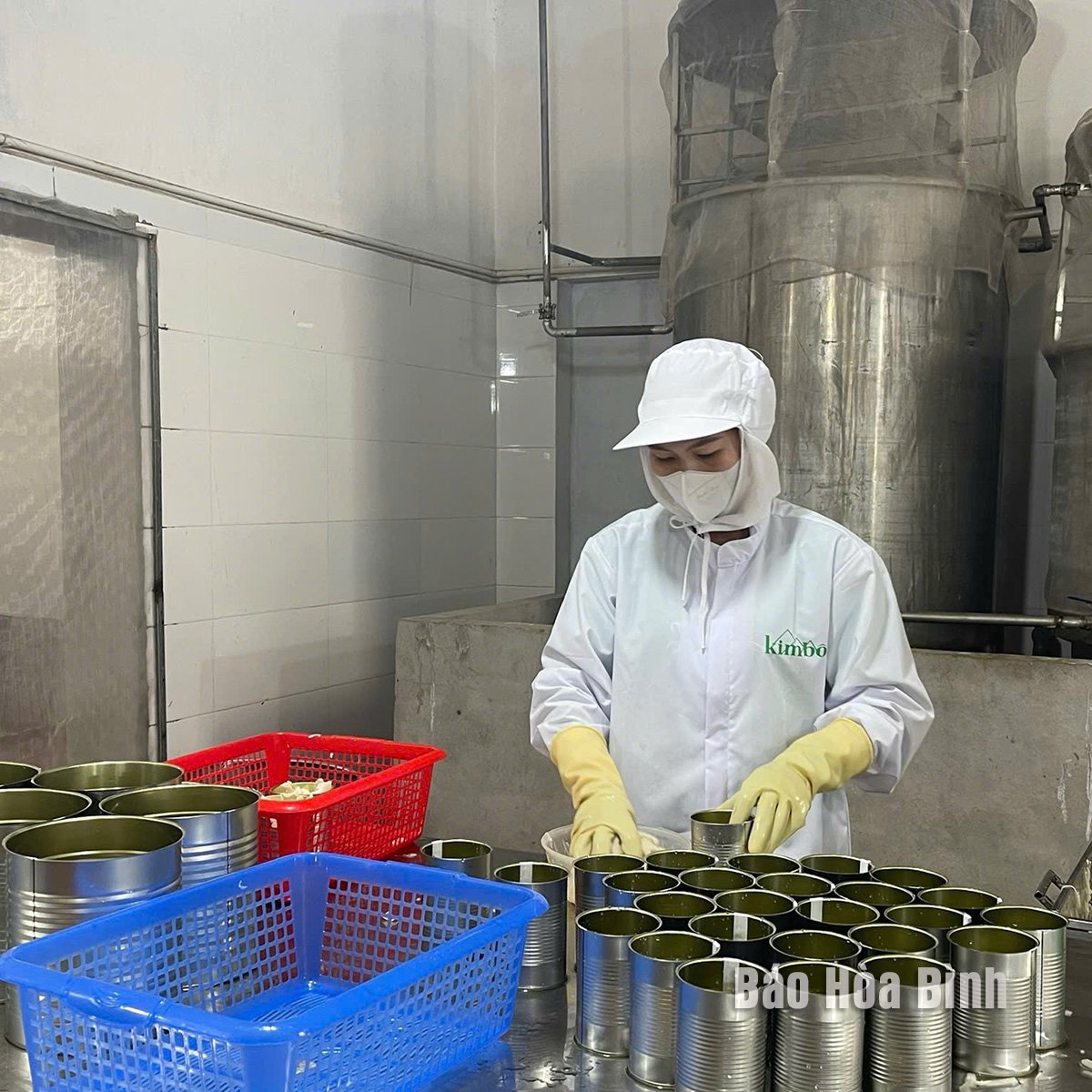
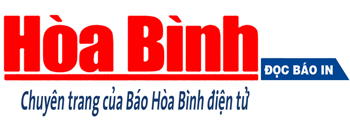






Comment (0)